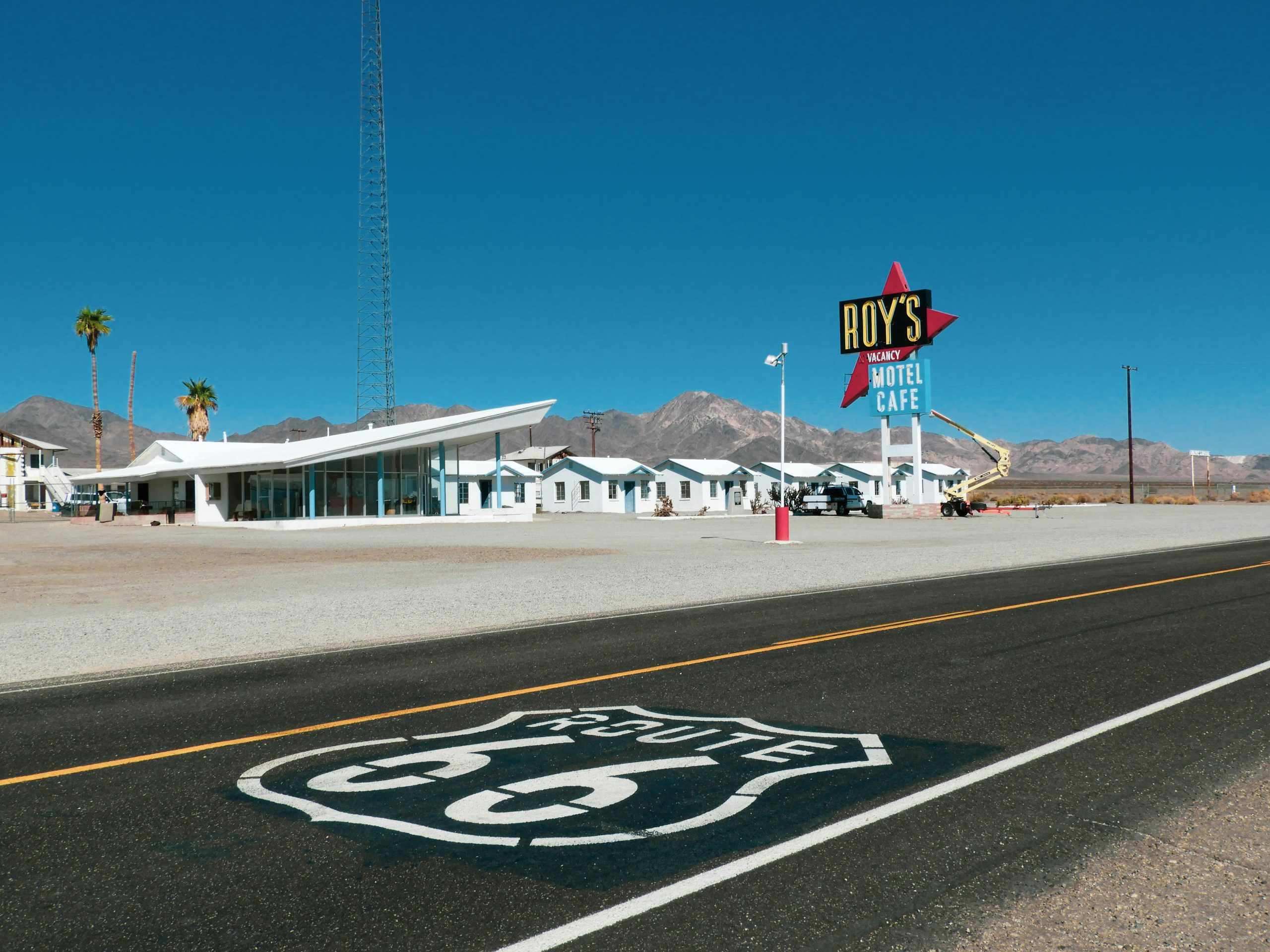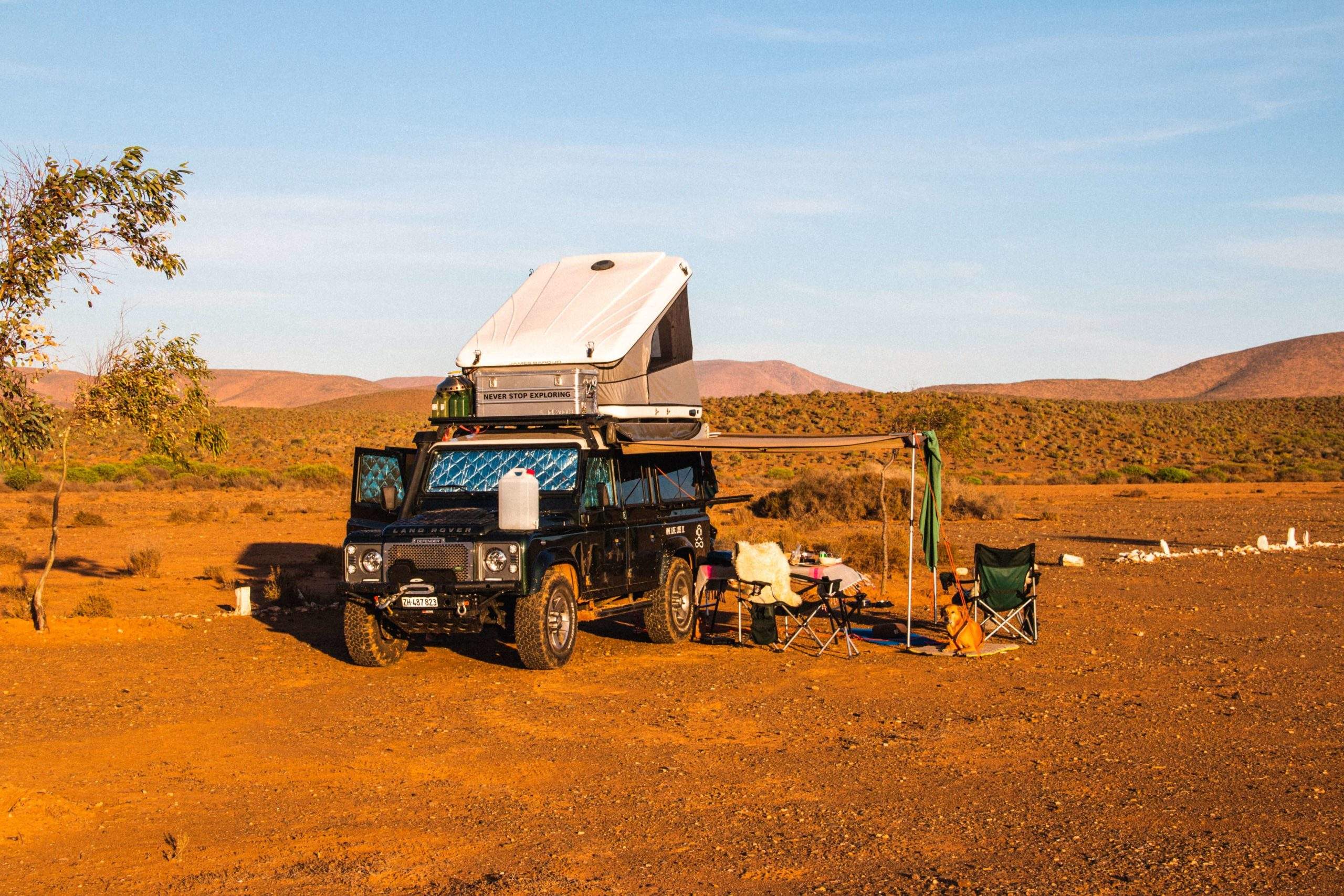Although the Pacific Northwest isn’t short of spectacular mountain scenery, Washington’s State Route 12 still feels like a bit of a secret.
The primary turnoff is just shy of halfway between Portland and Seattle on Interstate 5. It links the western half of the state with the central city of Yakima via White Pass, hugging the southern edge of Mt. Rainier National Park and curving through two national forests.
Since you never actually get to the park boundary and the connecting routes are typically closed November-May, this route isn’t as prominent on the adventurer’s radar. It ends up being the perfect gateway to all sorts of other exploratory opportunities with no shortage of places to pitch a rooftop tent.
It’s a fast-growing segment of the camping world, bridging the gap between Instagram-worthy Overlanding setups and the practicality of having somewhere other than your back seat to lay your head at the end of the day.
The foundation of our weekend expedition was a Yakima SkyRise tent mounted on the roof bars of a newer Toyota Sequoia. We had a Plan A, B, and C for campsites (because when you’re dispersed camping, you never know) and settled on a service road turnoff in the Clear Lake Recreation Area east of the pass.
Setting up the tent
As a general note, with rooftop camping, it’s better to be tall. Rooftop tents are typically set up on a folding frame system, meaning you’re going to have to step up on either a running board or your car seat to get the leverage to get the ladder and tent open. If you’re trying to do this on a full-size SUV and are under 5’ 8”, good luck. You likely won’t be able to reach the clips to unbuckle the tent cover, tie it up and get the ladder over your rig and onto the ground.

If you’re not tall or don’t have a tall traveling companion, look for a wagon or a vehicle with lower ground clearance (Outdoorsy has some great options). It’ll be easier to get set up and you won’t have any cricked neck or shoulder nerves five minutes into your camping adventure.

Be sure to find a level site as the ladder needs flat ground to be sturdy and secure and sleeping at an angle is no fun.
Sleeping in the tent
There’s a quick break-in period if it’s your first time sleeping at a higher height. Laying down can be a bit disorienting, but it goes by quickly, and you’ll find yourself settling into a really fun camping experience.
Space is more limited than your average tent. Rooftop tents are designed to fit on the narrow confines of the car or truck’s roof, so expect those dimensions to be a bit different than your normal tent. Don’t expect to fit more than two people and a few essentials.
Perhaps one of the biggest selling points is that you don’t need dry ground for a tent setup. You’re on top of your car or truck, meaning that you get a bit of respite from whichever conditions you’re in. In our case of a chilly, sub-40 night, we didn’t have the cold ground as our base and our tent temperature actually remained palatable when all of the doors and windows were closed. If you’re camping in a wet environment, be mindful that the ladder can get slightly slick in the morning dew.

Morning breakdown
Again, height presented a challenge as we had to stand on our rig’s large tires to fold down and properly latch the tent and its cover. That didn’t deter us from our good time, though. Rooftop camping opens up a whole new world of possibilities and reframes the potential of what makes a great campsite.
It’s also a great way to take advantage of the shoulder season – those in-between months when campsites may not be open or have just closed and open public lands are your primary option. Simply driving around to find a site that strikes your fancy is part of the adventure and lets you experience areas you may not have otherwise gone to.

How to choose the best rooftop tent rental
Of course, your group size and level of gumption matter. Take care to look at the type of rooftop tent the owner is offering. Although ours was a more traditional rectangular shape, rooftop tents come in triangles, squares, curved options, and more. There’s no one wrong or right version, it just depends on what type of tent camping you’re used to. Triangular versions fold open to a much higher top while rectangles and squares are typically more even throughout.
Your best bet is to start with a simple search on Outdoorsy and reach out to any owners of the rigs you find most interesting. Some vehicles include only the tent, and others come with more elaborate, RV-like amenities installed. Regardless of which option you choose, you’re sure to have a memorable experience giving you a new perspective on the adventure of camping.









